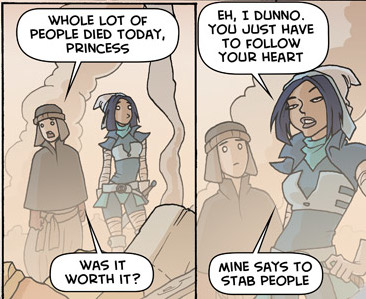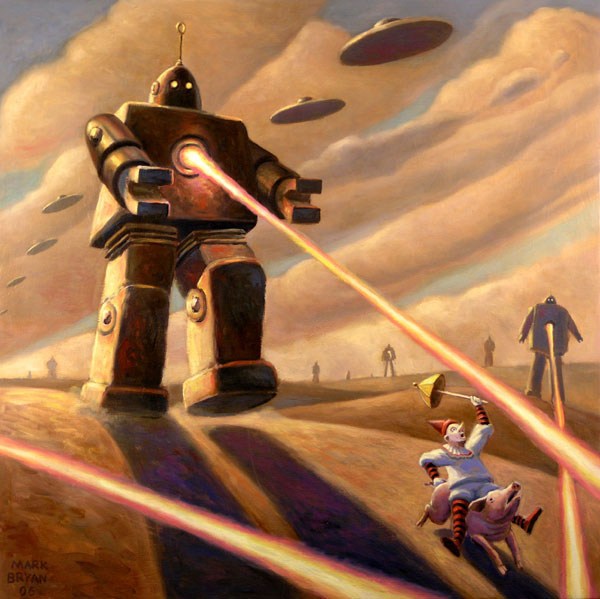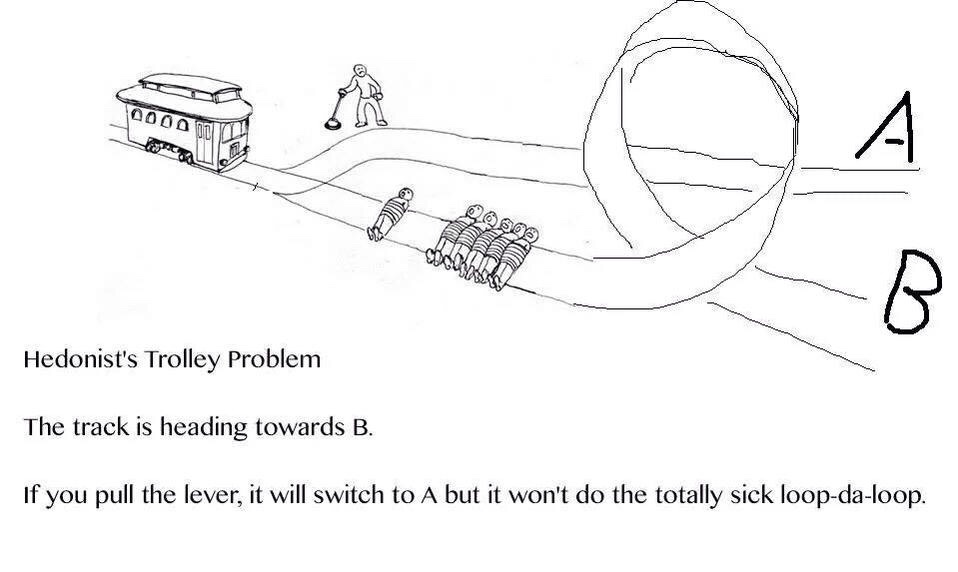Rock Paper Scissors is a game in which 2 players each choose one of three options: either rock, paper or scissors. Then the players simultaneously reveal their choices. Rock beats scissors but loses to paper (rock smashes scissors); Paper beats rock and loses to scissors (paper covers rock); Scissors beats paper but loses to rock (scissors cut paper). This cyclical payoff scheme (Rock > Scissors, Scissors > Paper, Paper > Rock) can be represented by this rubric:
| Child 2 | ||||
| rock | paper | scissors | ||
| Child 1 | rock | 0,0 | -1,1 | 1,-1 |
| paper | 1,-1 | 0,0 | -1,1 | |
| scissors | -1,1 | 1,-1 | 0,0 | |
(ref: Shor, Mikhael, “Rock Paper Scissors,” Dictionary of Game Theory Terms, Game Theory .net, <http://www.gametheory.net/dictionary/Games/RockPaperScissors.html> Web accessed: 22 September 2010)
However, if we want to describe the game of Rock Paper Scissors – not just the payoff scheme – how are we to do it?
Ordinary logics have no mechanism for representing simultaneous play. Therefore Rock Paper Scissors is problematic because there is no way to codify the simultaneous revelation of the players’ choices.
However, let’s treat the simultaneous revelation of the players’ choices as a device to prevent one player from knowing the choice of the other. If one player were to know the choice of the other, then that player would always have a winning strategy by selecting the option that beats the opponent’s selection. For example, if Player 1 knew (with absolute certainty) that Player 2 was going to play rock, then Player 1 would play paper, and similarly for the other options. Since certain knowledge of the opponent’s play trivializes and ruins the game, it is this knowledge that must be prevented.
Knowledge – or lack thereof – of moves can be represented within certain logics. Ordinarily all previous moves within logic are known, but if we declare certain moves to be independent from others, then those moves can be treated as unknown. This can be done in Independence Friendly Logic, which allows for explicit dependence relations to be stated.
So, let’s assume our 2 players, Abelard (∀) and Eloise (∃) each decide which of the three options he or she will play out of the Domain {r, p, s} . These decisions are made without knowledge of what the other has chosen, i.e. independently of each other.
∀x ∃y/∀x
This means that Abelard chooses a value for x first and then Eloise chooses a value for y. The /∀x next to y means that the choice of y is made independently from, without knowledge of the value of, x.
R-P-S: ∀x ∃y/∀x (Vxy)
The decisions are then evaluated according to V, which is some encoding of the above rubric like this:
| V: | x=y → R-P-S | & |
| x=r & y=s → T | & | |
| x=r & y=p → F | & | |
| x=p & y=r → T | & | |
| x=p & y=s → F | & | |
| x=s & y=p → T | & | |
| x=s & y=r → F |
T means Abelard wins; F means Eloise wins. R-P-S means play more Rock Paper Scissors!
—
Johan van Benthem, Sujata Ghosh and Fenrong Liu put together a sophisticated and generalized logic for concurrent action:
http://www.illc.uva.nl/Publications/ResearchReports/PP-2007-26.text-Jun-2007.pdf



How to win at Rock Paper Scissors